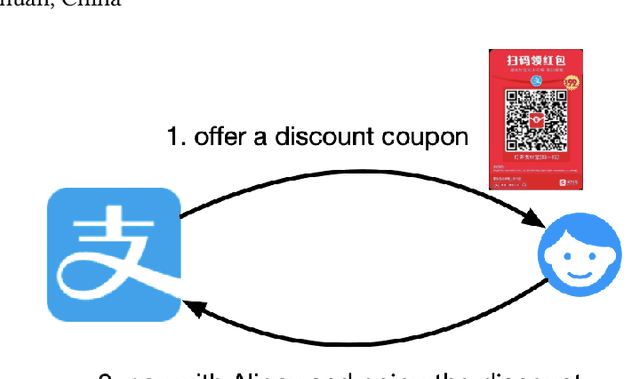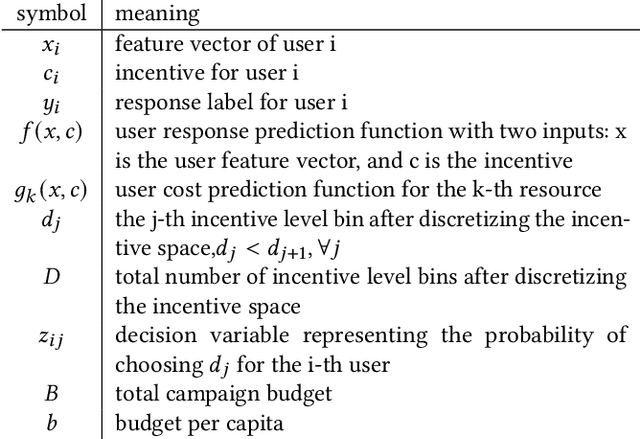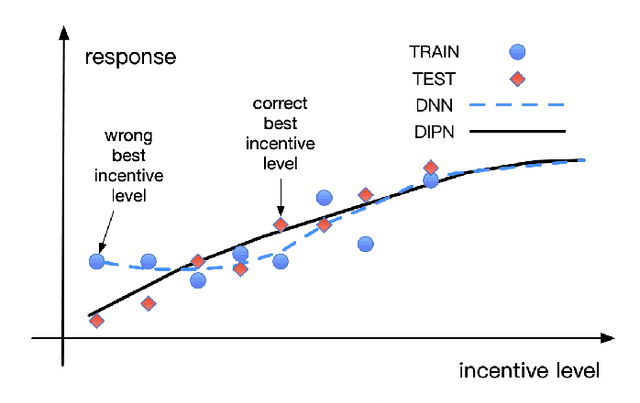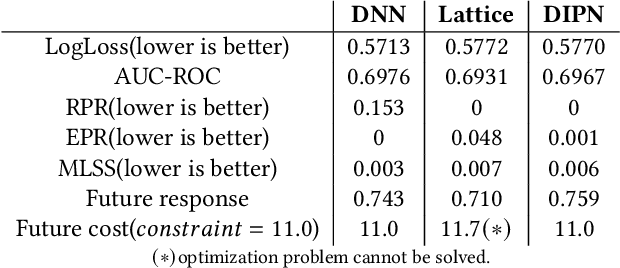A framework for massive scale personalized promotion
Paper and Code
Aug 27, 2021



Technology companies building consumer-facing platforms may have access to massive-scale user population. In recent years, promotion with quantifiable incentive has become a popular approach for increasing active users on such platforms. On one hand, increased user activities can introduce network effect, bring in advertisement audience, and produce other benefits. On the other hand, massive-scale promotion causes massive cost. Therefore making promotion campaigns efficient in terms of return-on-investment (ROI) is of great interest to many companies. This paper proposes a practical two-stage framework that can optimize the ROI of various massive-scale promotion campaigns. In the first stage, users' personal promotion-response curves are modeled by machine learning techniques. In the second stage, business objectives and resource constraints are formulated into an optimization problem, the decision variables of which are how much incentive to give to each user. In order to do effective optimization in the second stage, counterfactual prediction and noise-reduction are essential for the first stage. We leverage existing counterfactual prediction techniques to correct treatment bias in data. We also introduce a novel deep neural network (DNN) architecture, the deep-isotonic-promotion-network (DIPN), to reduce noise in the promotion response curves. The DIPN architecture incorporates our prior knowledge of response curve shape, by enforcing isotonicity and smoothness. It out-performed regular DNN and other state-of-the-art shape-constrained models in our experiments.
 Add to Chrome
Add to Chrome Add to Firefox
Add to Firefox Add to Edge
Add to Edge